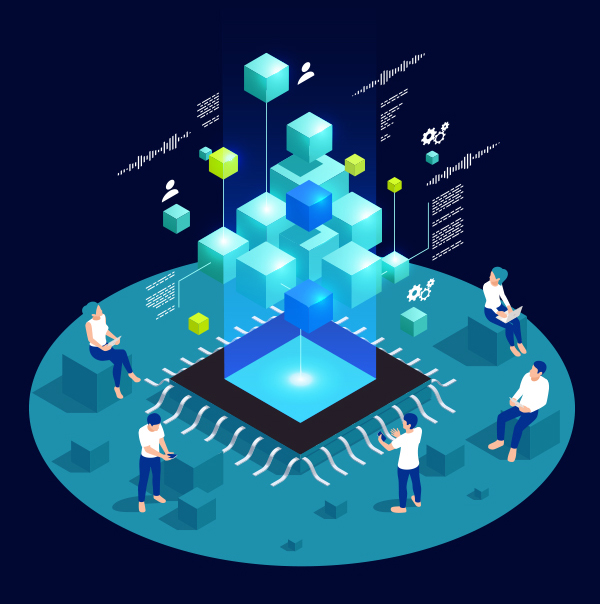The pre-processing of marine data, as well as ETL (extract, transform, load) and data modeling-based feature catalog registration technology, have been established and quality inspection software is utilized by marine surveyors.
The acquisition of technologies for real-time data collection, standardized modeling, and 4D digital twin will enable cost reduction and time savings. Furthermore, it will stimulate the maritime industry through the introduction of new services, while solidifying Korea's prominent position in digital twins and standardization within the global community.

-
-
Standardizing data processing techniques and foundational technologies can result in decreased development time for future data acquisition and related system creation.
-
Mirroring and other methods can be used to obtain secure access to raw source data related to marine information, such as NASA and satellite data, which in turn can create new research and development opportunities.
-
Establishing a framework can help alleviate the effect on the software development life cycle that results from storing and reprocessing original data.
-
The digital twin-based marine simulator projects multiple marine objects and associated data into a 4D-based digital twin space, replicating and predicting the marine environment surrounding the Korean Peninsula and enabling enhanced prediction accuracy.
-
It is expected to play a role in preventing economic losses such as fisheries and disasters caused by climate change by decomposing and predicting the marine characteristics of the Korean Peninsula, located in the sea on three sides, with 4D location and spatial information.
-
Protect life and property from maritime-based delayed disasters.
-
Contribute to the co-prosperous development where nature and the ocean can coexist.
-
The marine digital twin was designed using IHO's S-100 and its data modeling was developed by incorporating ISO, OGC, and INSPIRE based on ISO19115.
-
It is possible to reduce the large R&D budget necessary for standard integration.
-
Beyond data specifications and quality control such as the S-100, we contribute to the creation of a new marine ecosystem based on integrated digital twins.
-
Spearheading international standards like S-100 can elevate our nation's technological advancement in marine data development, bolstering our status.
-
Validating the real-world application of the digital twin using standard marine data modeling can help mitigate the risks associated with informitization when introducing future public information systems.
-
Anticipating technological advancements in the maritime industry, such as in maritime transportation and logistics, involves utilizing 2D and 3D navigation functions through the implementation of open standards.
-
Establishing a digital twin marine data model based on the S-100 is expected to increase the value of information by enabling innovation in data production and economies of scale, and accelerating distribution and sales.
-
Disclosure of marine information creates a marine ecosystem that encourages greater participation from both mariners and the general public.
-
Proactively expanding various development functions, we are cultivating a culture of developing open maritime systems suitable for software development in alignment with the government's policy of an open-source foundation.